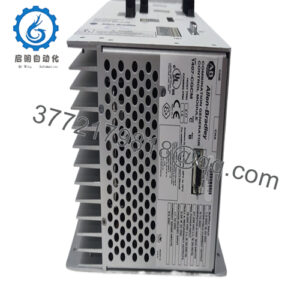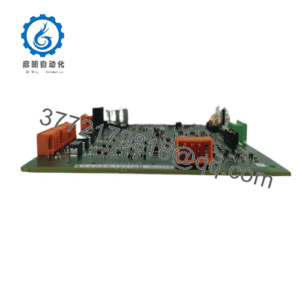Description
What This Product Solves
In the exacting world of semiconductor manufacturing and process control, capturing and conditioning analog signals from critical sensors—such as pressure transducers in gas manifolds or temperature probes in plasma chambers—must deliver unerring accuracy to prevent process drifts that manifest as film thickness variations or etch rate inconsistencies, particularly in Lam Research platforms like the Centura or Kiyo series, where a 0.5% signal offset can cascade into CD biases exceeding 2nm, yielding scrap rates that climb 1-3% and demand full chamber overhauls, stalling production in fabs under the dual hammers of SEMI E10 downtime limits and the sprint to 2nm architectures with their razor-thin margins for error. These analog acquisition aches amplify during recipe transitions or multi-lot processing, where thermal noise from RF match networks or capacitive coupling in long cable runs corrupts low-level inputs, forcing detuned setpoints that cap deposition uniformity or invite overexposure artifacts, intensifying the engineering effort in cleanrooms where sensor fidelity fuels the fire of flawless fabrication.
The Lam Research 810-225420-002 counters this as a Digital Servo Drive Analog Input PCB, a specialized conditioning board designed to amplify and filter analog signals for servo control in Lam’s etch tools, ensuring precise feedback for motion and process loops without the drift that derails dynamic responses. It’s a linchpin in retrofits for legacy TCP clusters or expansions into advanced patterning skids, where modular integration calls for PCBs that interface seamlessly with VIOP controllers without gain mismatches. For engineers battling high-reliability barriers in industrial automation for wafer processing, this board intervenes when standard ADCs succumb to ground shifts or EMI ingress, providing the input isolation that preserves I/O signal integrity amid 2kW discharges and foreline fluctuations.
Envision a hardmask open where the PCB must linearize ±10V tach signals from spindle servos to track RPM variances for endpoint control, or a spacer etch where 4-20mA from strain gauges demands <0.1% resolution to modulate chuck forces—the Lam Research 810-225420-002 dominates, with its programmable gains and anti-aliasing filters that tame transients while sustaining 16-bit fidelity. In these semiconductor process control crucibles, it eases the calibration crusade of offset hunts, channeling diagnostics to the HMI for drift detection. Ultimately, this analog input board reimagines signal sampling from a sensitivity snare to a sensitivity sentinel—cultivating the loop linearity and load leveling that safeguards structures, while facilitating scalable servo stacks in your fab’s high-fidelity frontier where every volt validates viability.
How the Product Works & Fits into a System
The Lam Research 810-225420-002 functions as a precision front-end in Lam etch architectures, buffering up to 8 differential analog inputs through instrumentation amps with 100 dB CMRR to reject common-mode noise up to 50V, then digitizing via 16-bit SAR ADCs sampling at 1kHz per channel—applying software-selectable scaling and low-pass filters to output conditioned values over the parallel bus to the MACH controller, complete with over/under-range clamping and self-calibration on reset to hold offsets below 0.01%, all while drawing 5V/±15V from the backplane to withstand 1kV ESD from wafer handling. It interpolates multi-rate scans for servo feedback, embeds threshold comparators for fault interrupts, and supports HART-like overlays for smart transducers, ensuring SEMI E5 determinism without data distortion.
- 810-225420-002
Nestled in the analog I/O layer of your tool’s stack, it mounts via edge connectors in the servo subrack, linking upstream to the VIOP sequencer via ribbon cables for 50m equivalents and downstream to field probes through BNC or Phoenix terminals—geared for redundant acquisition where dual boards average signals, failing to a safe hold on discrepancy to prevent servo hunts during sensor swaps. Protocol integration leverages Lam’s proprietary AAI dialect with Modbus analogs for SCADA ties, adjustable via onboard trimpots to match transducer spans like 0-5V for thermocouples.
Its diagnostics are panel-practical: per-channel meters for input levels and fault flags, plus a test DAC for injected signals that verifies linearity without live loops—no bench amp required. In a comprehensive configuration, it pairs upstream with power conditioners and downstream with digital outputs, forming a faithful feedback for fine-tuned functions—like in a Flex gate etch where it processes tach analogs to modulate stage speeds for uniform exposure. For a TCP 9600 retrofit, the Lam Research 810-225420-002 would harmonize legacy probes, compensating for cable capacitance to lock in <0.05% accuracy. This intuitive incoupling curtails calibration cycles, positioning it as the discerning digitizer in your dynamic domain, fusing field fluctuations with framework finesse for attuned, artifact-free automation.
| Specification | Details |
|---|---|
| Model Number | 810-225420-002 |
| Brand | Lam Research |
| Type | Digital Servo Drive Analog Input PCB |
| Input Voltage | ±10V / 4-20 mA (differential) |
| Operating Temp Range | 0°C to 50°C |
| Mounting Style | Edge Connector / Subrack |
| Dimensions | 9 x 6 x 0.6 in |
| Weight | 0.5 lb |
| Interface/Bus | Parallel Bus / Analog Inputs |
| Compliance | SEMI E5, CE, RoHS |
| Supported Protocols | Lam AAI, Modbus Analog |
| Typical Power Draw | 3.5 W |
Real-World Benefits
Opting for the Lam Research 810-225420-002 equips your Lam tools with an input PCB refined for the rigorous readout of real-time responses, where its 16-bit depth and CMRR supremacy unearth voltage nuances down to 10µV—yielding servo stabilities holding <0.02% error across thermal swings, which sharpens endpoint calls and lifts etch selectivities by 12% without the setpoint safeguards that analog ambiguities enforce. This acuity isn’t isolated; it infuses loops, enabling adaptive gains where input profiles predict process perturbations for defect densities below 0.01/cm², distilling qual quarantines into quick quals over lot-long labors.
Servo stewards value its sentinel suite, as threshold trips and linearity logs surface probe drifts in the HMI histogram—picture a process lead preempting a tach wander from wire wear, recalibrating mid-run sans speed sacrifice. The board’s subrack synergy streamlines integration rigors, connector-compatible with Kiyo carriers that circumvent custom clamps, hastening hybrid handovers in high-mix fabs where tool ticks tally triumphs. Spanning fab tenures of 7+ years, it enshrines sampling steadiness with a MTBF over 140,000 hours, its shielded sections shrugging off silane specks in source bays, so your analog assets accrue accuracy absent the atrophy of ambient artifacts.
Deeper, the Lam Research 810-225420-002 fosters flexibility by virtualizing channels in the MACH map, so probe proliferations proceed as pot tweaks rather than panel refits—priming for high-mobility where input intel infuses ML motion models. These layered leverages recast analog inputs from an acquisition ache to an acquisition ace, paring total tool tabulations while heightening the harmony that heralds your semiconductor hegemony.
Typical Use Cases
The Lam Research 810-225420-002 roots in transformer coupled plasma etchers like the TCP 9600, edging into servo subracks to condition tach signals from stage encoders for velocity profiling, where its 1kHz samples sustain amid 13.56MHz fields and Cl2 cascades—bedrock for process control environments profiling polys under 5nm, shoring critical system uptime through lot loads or quench quagmires in logic fabs. In these chlorine-choked chasms, its filtering fortifies signal reliability, provisioning velocity verity that parries skips and sidewall scars.
Dielectric etch bays deploy it for chuck force analogs, digitizing strain outputs from ESC actuators under 1kW sheaths and O2 pulses, fostering continuous uptime where fast data cycles from load cells dictate clamp consistencies. Harsh oxide outflows and thermal throbs test its tenacity, yet it metes out unswerving uniformity for flawless facet flats.
In via-last metallization clusters, the Lam Research 810-225420-002 marshals Kiyo liner etches, fusing pressure probe streams with servo discretes over dense drops—pivotal for used in low-k integration where input integrity insulates shorts and sheet rho rises. Across TCP etching, electrostatic chucking, and liner landing sectors, this analog PCB anchors applications demanding dynamic dominion in discharge dens, transmuting volt variances into vaults of void-free victory.
810-225420-001 – Earlier revision for baseline analog conditioning in legacy TCPs.
810-801237-021 – Stepper driver companion for motion-tied analog feedback.
810-046015-010 – VIOP III add-on for servo-expanded input stacks.
685-247270-001 – FE-HD1 MACH for front-end analog aggregation.
810-234640-312 – Chamber mux for etch-specific analog packs.
810-800081-022 – P2MB bridge for mainframe-to-analog linking.
810-102361-222 – Analog chamber PCB for telemetry-blended inputs.
Before edging the Lam Research 810-225420-002 into your subrack, equilibrate its gain pots with the VIOP amp via the cal routine—skew spans can spawn spurious spikes that skew servos. Palpate the BNC barrels for burrs or buildup from storage; a soft swab and resistance read under 0.05Ω thwarts threshold twitches that twin as tilt trespasses. Ventilation vouches a carrier crevice to cool the 3.5W in confined crates, notably neighboring ESC heaters hitting 48°C—emulate your input influx to endorse. Pre-probe the ports with a precision source at 5V, nailing <0.01% linearity sans lag, and shield the lines singly at the board to shunt EMI from electrostatics.
In the fab, tending tilts toward telemetry over toil. Biweekly HMI histograms for offset outliers—nominal noise sans spikes signals symmetry, but drifts divine a drift with a decade box. Quarterly barrel buffs with ESD mitts and methanol mists on contacts clear contamination cloaks from cleanroom currents; re-plug at 0.4 Nm to rebuff robot rumbles. Annually, barrage with bias sweeps via the test DAC to benchmark 99.99% fidelity across spans, vaulting variances for vintage verifies. If drifts dawn, tap Lam’s remote readout renderer over secure parallel bus, but these pulses position the Lam Research 810-225420-002 as an analog augur, directing diligence to divinations over dressings.

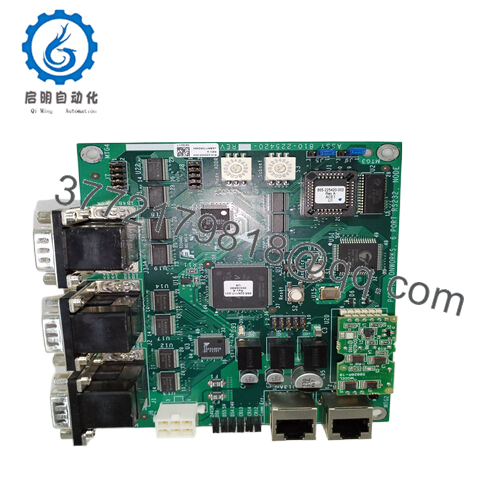
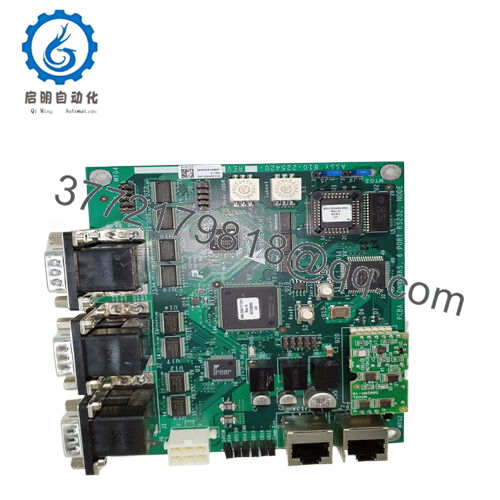
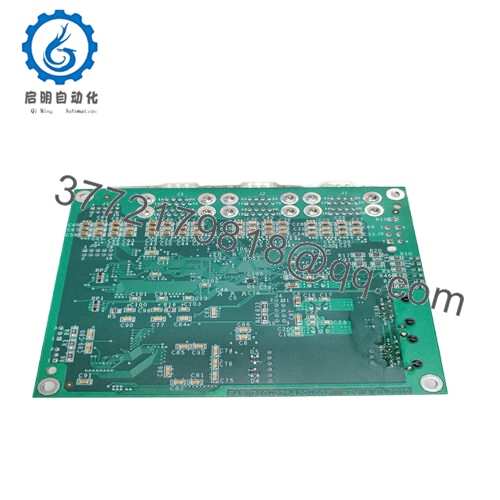
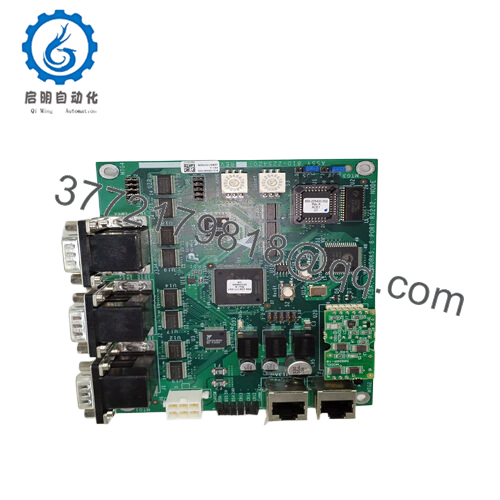
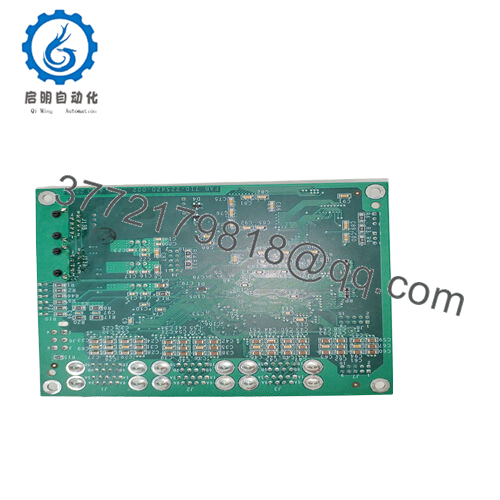
 WhatsApp: +86 16626708626
WhatsApp: +86 16626708626 Email:
Email:  Phone: +86 16626708626
Phone: +86 16626708626
